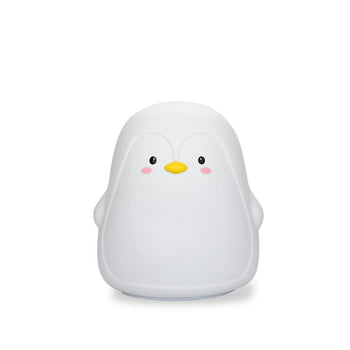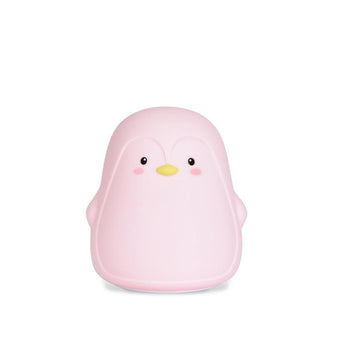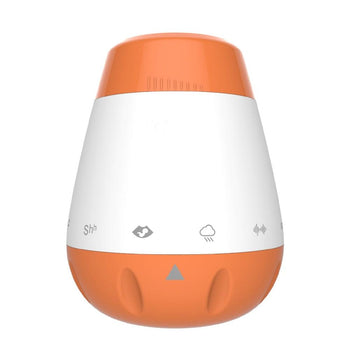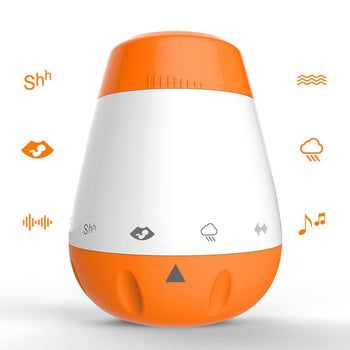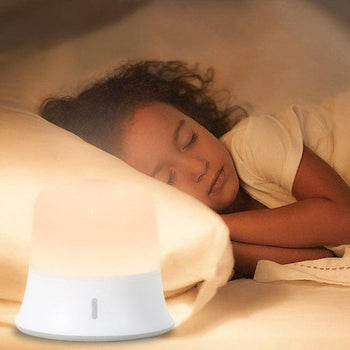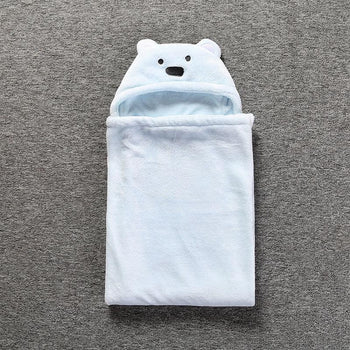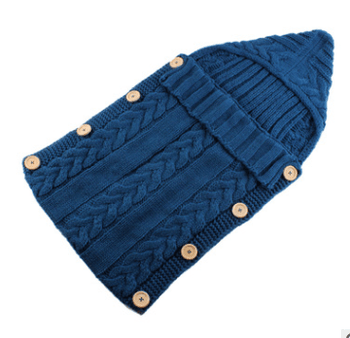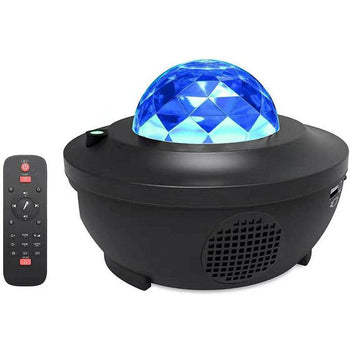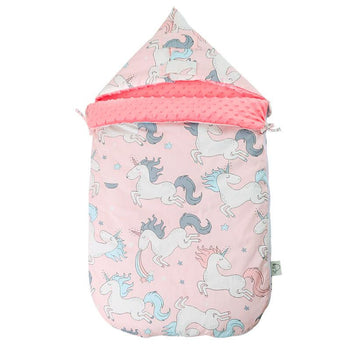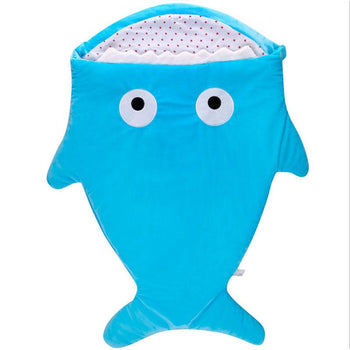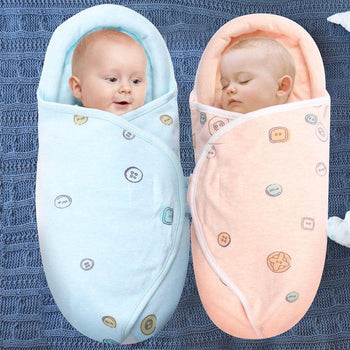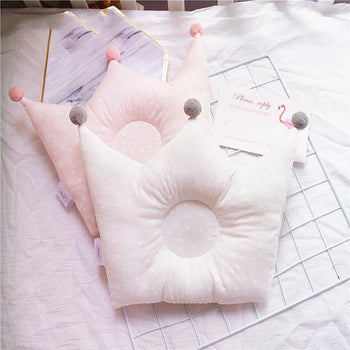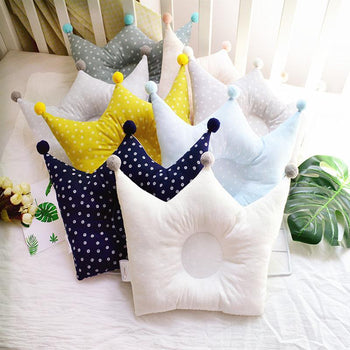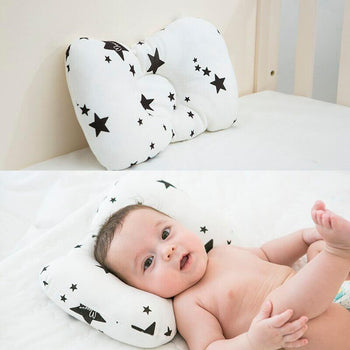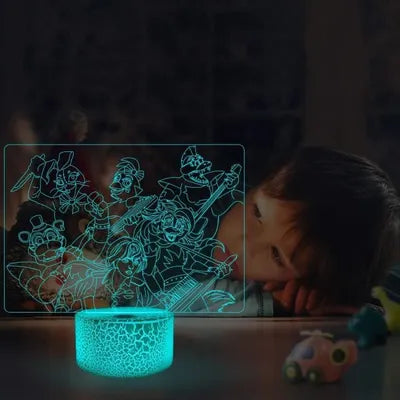Baby's short naps can be frustrating for parents, but there's a method that can help extend them.
An older, wiser friend once told me, "Baby naps are God's way of saying to parents, 'I love you. Now go take a shower." Pretty fair, right? Most parents look forward to nap time. Ahhhh...those brief interludes where you can finally breathe, do endless chores, or take some time off. for you.
But what if your baby's naps are shorter than you'd like?
Is there anything you can do ?
It turns out that it is! Keep reading to learn more about the "Wake to Sleep" method and how it can help you extend your baby's naps.
A method to prolong baby's short naps?
If you're like most parents, you probably wish your baby's naps were a little longer. Unfortunately, for many babies, short naps are the norm . And if your baby takes short naps during the day, it can be difficult to put him to bed at night.
But what can you do if you want your baby to take a longer nap? Some people recommend the "Wake to Sleep" method as a way to extend short naps.
But is this method effective? Does this technique extend your baby's short naps?
What is the "Wake to Sleep" method?
The Wake to Sleep method is a technique introduced by Tracy Hogg in her book "Secrets of the Baby Whisperer". This technique suggests that a number of babies who wake up frequently during the night do so because they have become accustomed to waking up. In other words, they wake up not because of hunger or distress, but because it has become a habit. According to Tracy, these babies tend to wake up around the same time every night, and they tend to wake up from their naps about 30 or 40 minutes after falling asleep.
Does this look like your baby?
If so, he may have a habit of waking up. This explains why his naps are so short, why he often wakes up tired and in a bad mood, and why you can't get him to take a nap. He wakes up out of habit, not because he's had enough sleep.
However, it's no coincidence that he wakes up 30-40 minutes later. Your baby may not (yet) be able to move on to their next sleep cycle without your help, or they may not expect to have to do it themselves. He wakes up 30-40 minutes later because that's how long his sleep cycle is and some people can put a clock on it!
Short naps can be frustrating for parents and babies alike. Babies often wake up before they've had a chance to take a good nap. The "wake to sleep" method is a way to help lengthen short naps . Remember that this method should only be used if your baby does not wake up due to hunger, illness or discomfort.
How to use the "Wake to Sleep" method to lengthen baby naps?
If you have a baby who takes short naps, you can try the "wake to sleep" method. This technique involves gently waking your baby before he begins to transition from light sleep to deep sleep, which usually happens within the first 20 minutes of a nap. By helping your baby make this transition , you can lengthen their naps and get more rest.
You can do this by rubbing her back, whispering to her, gently tickling her feet, stroking her hair, or simply turning on the light and whispering her name. Then you help her make that transition, gently transitioning her into the next stage of deep sleep because it's usually during this transition that babies wake up and can't get back to bed for a nap.
Should you use the "Wake to Sleep" method to lengthen baby naps?
Through our articles, we do our best to help parents with their sleep learning decisions and to be non-judgmental when it comes to giving advice.
If you find that your baby's naps are too short, the "Wake to Sleep" method may be a good option to try. This gentle method of sleep training is part of a cry-free sleep training philosophy. If you are the parent of a very young baby (or newborn) or have a strong aversion to crying, the "Wake to Sleep" method may be a good option for you.
In the first few months (when it's too early to start formal sleep training, but you're so tired you feel like you're going to fall asleep any minute), it's helpful to have all the tools available in your toolbox!
A client recently told us that she used this method successfully with her son (before coming to us for help with his nighttime problems) when he was 2 or 3 months old. He woke up from his naps after exactly 45 minutes of sleep. She said this:
"After 40 minutes I gently stroke his hair to help him transition from one sleep cycle to another. I did this for a few weeks and it worked...Now he wakes up rarely after 45 minutes."
If you have trouble getting your newborn to take long naps , you can try the "wake to sleep" method. This method consists of waking your baby a few minutes before his scheduled nap time, then putting him back to bed. Although this method may be effective for some families, we generally do not recommend using it to extend short naps as it may be tricky to implement and may not work if your baby is taking short naps due to a scheduling problem .
A method not made for all babies?
All babies are different and what works for one baby may not work for another. This means that you will need to experiment with different techniques to see what helps your baby sleep. Some common sleep associations that can be problematic include rocking or breastfeeding the baby to sleep, replacing the pacifier every 15 minutes, or easing each transition between sleep cycles. Ultimately, the goal is for your baby to learn to fall asleep and stay asleep on their own .
While the "wake to sleep" method may work for some babies, it's not always a permanent solution. Parents who use this method give their babies bad habits. A better solution is to teach your baby good sleeping habits, which will translate into good naps every day. You probably know this saying: "Give a man a fish and feed him for a day. Teach a man to fish and you will feed him for a lifetime".
We hope you found our tips helpful and that you will continue to check our site for more sleep tips. Remember that every baby is different and what works for one may not work for another. You may need to experiment with different techniques to see what helps your baby sleep. Ultimately, the goal is for your baby to learn to fall asleep and stay asleep on their own. We wish you every success in this wonderful journey of raising a child!
Feel free to share your experiences with us in the comments.
To help baby fall asleep, white noise is the perfect tool.
Click here to learn more about these intriguing sounds.
"Reader's special" offer
Get 30% off the entire collection
>>> Sleep <<<
Take advantage of this special offer with the code
DODO30
Do you want your baby to sleep through the night?
In this free guide , you'll discover 5 things you absolutely need to know.
With a unique approach and practical tools for success, this guide will help you and your baby sleep better through the night.





